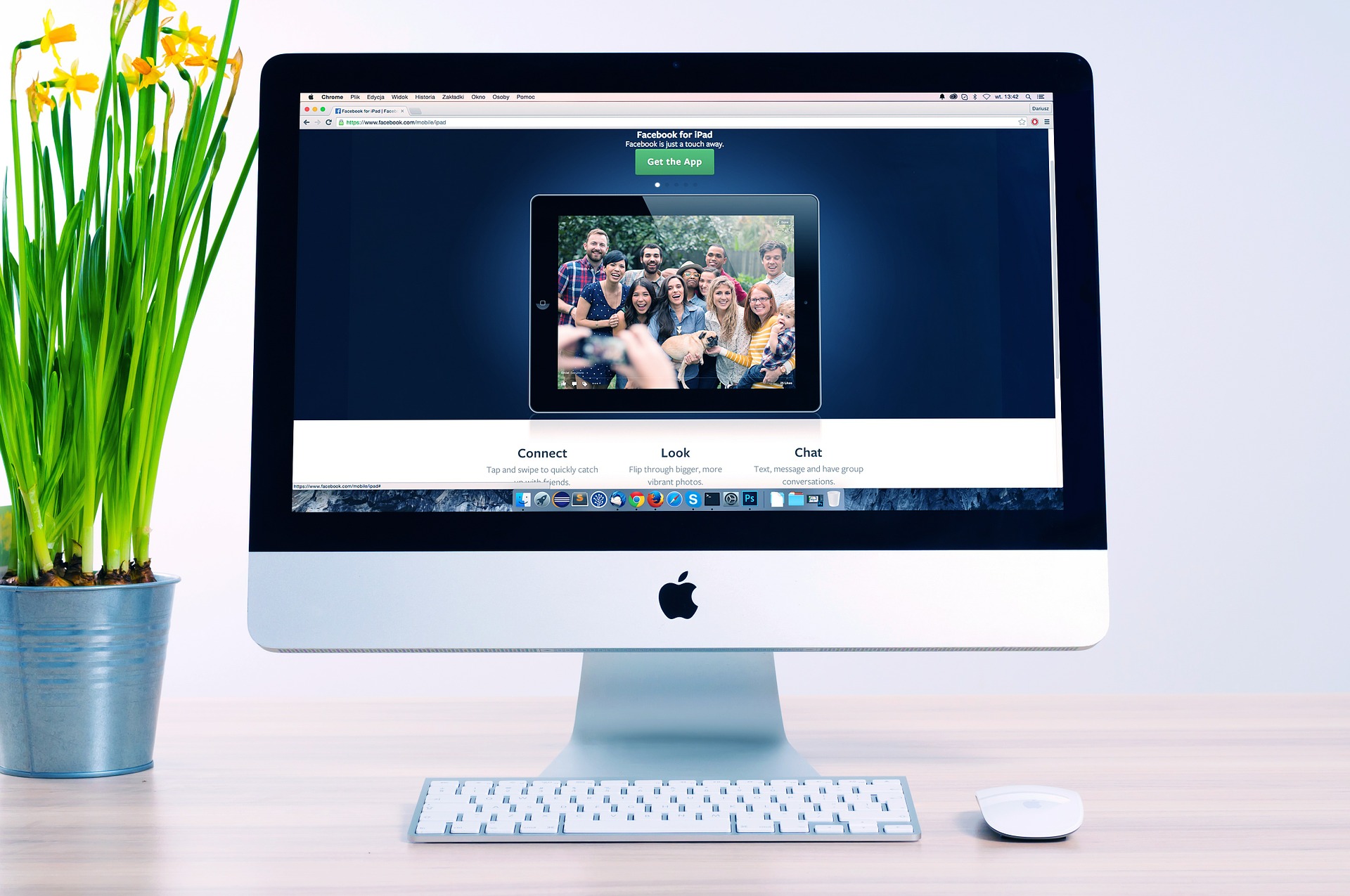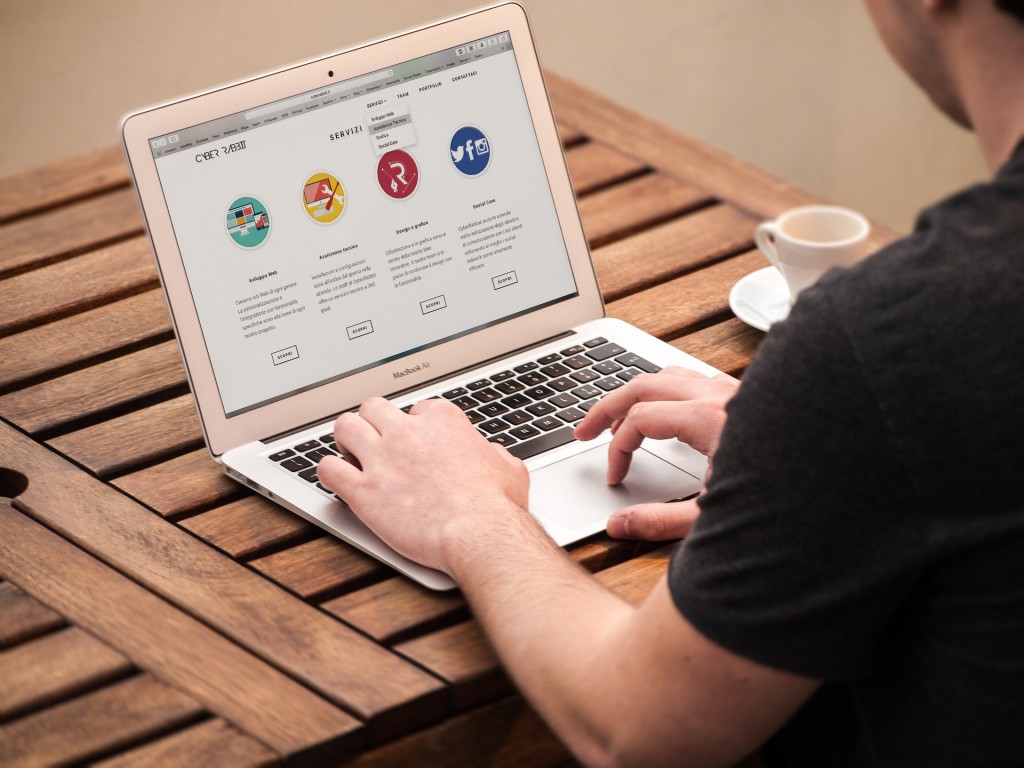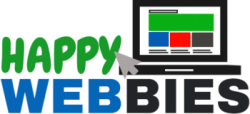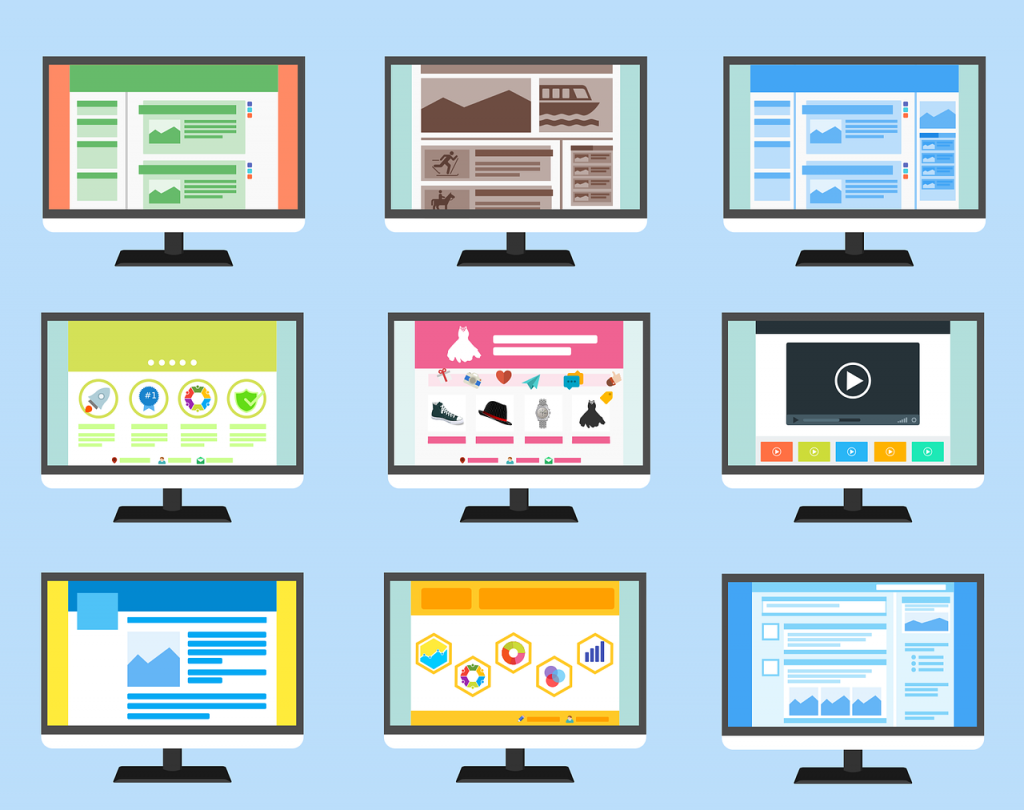
No small business today can survive without a well-designed website. Yet, many people remain confused on how to get started with their website’s design. Every website starts with some basic characteristics.
Getting Started
1. Domain Name: The first thing that you will need is a domain name that is brandable so that people instantly know that it is your company when they see the domain. Domain names also need to be:
- Short
- Pronounceable
- Not Easily Confused with Others
- Provides an Idea of Your Company Does
- Uses keywords when Possible
Once you have created a list of possible domain names, then purchase one as soon as possible using a service like. Unless you can afford to pay millions to create your own top-level domain, then stick with .com to build customer trust.
Above the Fold
The area first visible when visiting a webpage is call the area above the fold. This area is critical for capturing the customer’s attention, since it is the first thing they see. Therefore, it is essential to use this area to give viewers exactly what they expect, tell them what you want them to do and build their trust level. Here are some of the important elements that should be included in this section:

Your logo and a phone number are two of the most essential elements that should be included in your above the fold design.
- Your Company Logo: If you’re not ready to invest in an expensive branding campaign, there are several free resources available for designing your own logo. com allows you to choose graphics and insert text to create your very own design.
- Your Tag Line: Otherwise known as your company’s slogan, should be located under your logo.
- An Easy-to-Use Navigation Menu: It’s important that users can easily navigate your site to find what they’re looking for. At a minimum, include navigation for an “About Us”, “Locations”, “Services”, and “Contact” page.
- Breadcrumb Navigation: This type of navigation is optional, but is beneficial because it helps users see where they’ve navigated. Follow the link for more information on breadcrumb navigation
- Contact Information: Your contact information should be easy to spot. We recommend putting your phone number in large font that stands out in the upper right hand corner of your header.
- Call to Action: Engage users and prompt them to make a purchase with a call to action This could say something like “Call Now!”, “Get a Free Quote”, or “Sign Up Now”.
- Reviews: Add reviews from real customers to your sidebar using a widget that incorporates reviews from Yelp or other platforms.
When designing this part of your website, it is crucial to remember that if you do not capture the viewer’s attention quickly, they will likely move on to your competitor’s site.
Below the Fold
9. Content: Once you’ve tackled the above the fold information, it’s time to focus below the fold. This area is all about quality content meant to sell the customer on the good or service your company provides. All great copy shares some common characteristics:
- Original: Invest time or money in writing original content about your business. Not only will this help the reader understand what sets you apart, it’s also essential to avoid duplicate content if you want to rank in search engine results.
- Contains a Strong Headline: Headlines help summarize sections so readers can easily digest the main points you’re trying to convey.
- Actionable: Make sure your content encourages readers to act.
- Provides Answers to Viewer’s Problems: For example, if your target audience is looking for cleaning services, convince them that you have the perfect solution.
- Accurate: Don’t oversell and underdeliver. Be accurate with describing the services that your company can provide.
- Engaging: Boring content will make people bounce faster than a kangaroo. Make things interesting to keep them reading.
- Focused: Don’t ramble. Communicate your message clearly and concisely without getting off topic.
- Communicates with the Targeted Audience: Make sure your content is geared towards your target audience.
- Points Readers to Internal Pages: Provide helpful links to other pages on your site where readers can opt for more information.
- Contains a Call-To-Action: Again, prompt readers to take action!
Footer
10. The footer should not be an afterthought on any webpage. It should help the viewer navigate your website in a different way. Therefore, you need to include your contact information again. This is also a great place to include your business hours.
The footer should also include important links to internal pages within your website including your:
- About Us Page
- Your Privacy Policy
- Your Terms of Service
- Main Pages of your Website including your Blog
- Social Media Share Buttons (including Facebook, Twitter, and LinkedIn)
- Online Chat Features
Creating a great looking webpage isn’t rocket science, but it does require some forethought and planning. We would love to discuss your specific needs with you. Feel free to contact us here.


